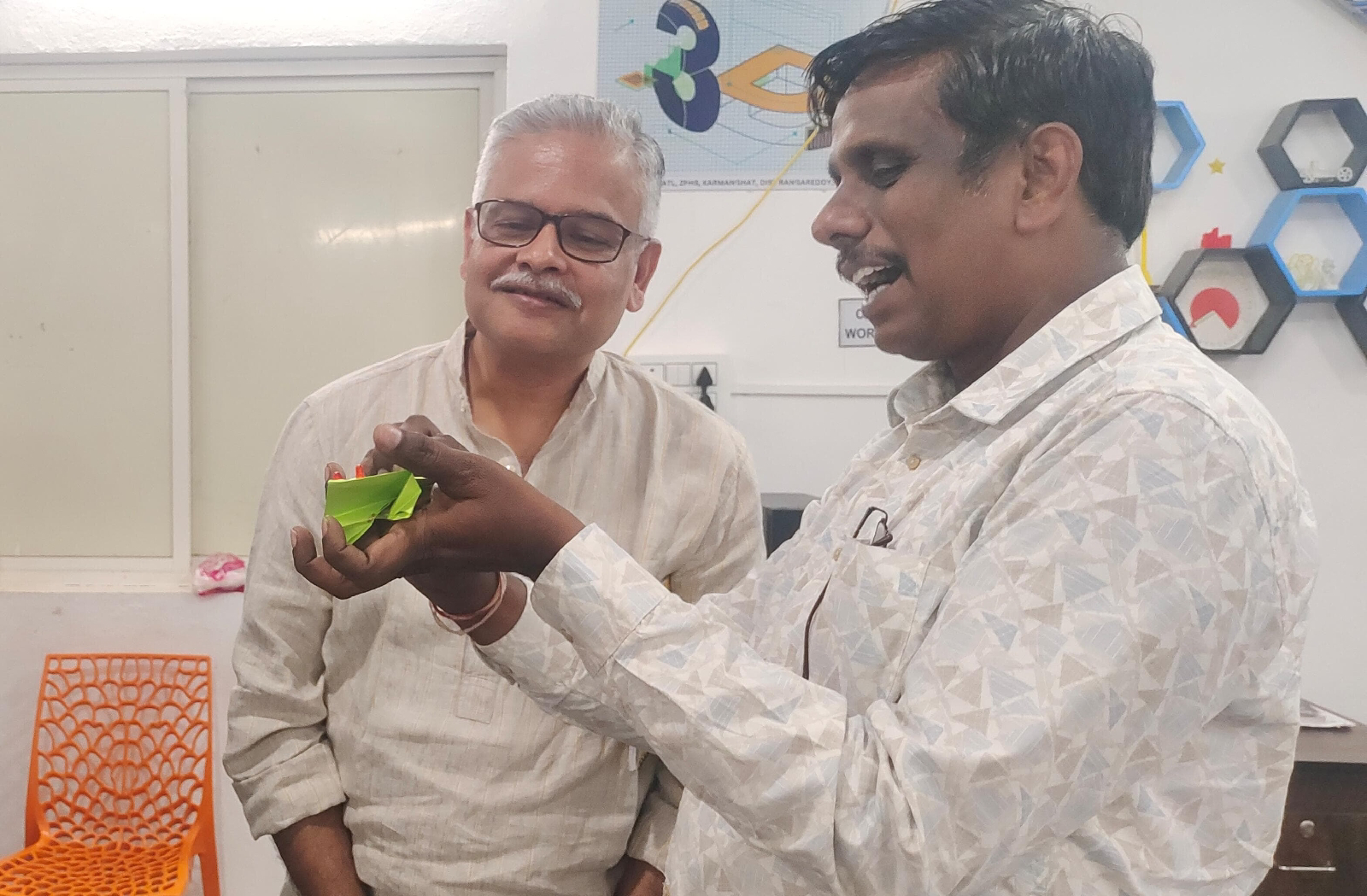The potential downsides and safety considerations of fusion energy
The potential downsides and safety considerations of fusion energy. While fusion offers significant advantages over fission and fossil fuels, it's crucial to acknowledge and address the challenges.
Let's look at the potential bad impacts related to plasma eruptions and deuterium/tritium gases:
1. Impacts of Plasma Eruption (Disruptions)
In a magnetically confined fusion device (like a tokamak), the extremely hot and tenuous plasma needs to be precisely controlled. Sometimes, this control can be lost, leading to a "disruption" or "plasma eruption." These are brief, violent events where the plasma's energy is rapidly released.
The main concerns with plasma disruptions are:
* Damage to Reactor Components:
* Erosion and Melting: When the plasma hits the reactor walls, it can cause localized heating, melting, and erosion of the "plasma-facing components" (PFCs). This can damage the materials, limit the reactor's operational lifetime, and introduce impurities into the plasma, which can cool it and reduce fusion performance.
* Electromagnetic Forces: The sudden collapse of the plasma current can induce large electromagnetic forces on the surrounding structures, potentially leading to mechanical damage.
* Reduced Operational Time: Frequent disruptions mean more downtime for maintenance and repairs, impacting the economic viability of a fusion power plant.
* Neutron Activation (Minor): While the plasma itself isn't significantly radioactive, the neutrons produced by fusion reactions activate the reactor's structural materials over time. Disruptions could potentially cause minor releases of activated dust if the walls are damaged, but this is a contained risk.
Mitigation Strategies: Scientists and engineers are extensively researching and developing ways to mitigate or avoid plasma disruptions. These include:
* Real-time control systems: Advanced diagnostics and feedback loops to predict and prevent disruptions.
* Disruption mitigation techniques: Injecting gas or pellets into the plasma to soften the disruption, spreading the energy more broadly and reducing localized damage.
* Robust material design: Developing materials that can withstand the extreme conditions.
It's important to reiterate that a plasma disruption does not lead to a nuclear meltdown or a large-scale radioactive release like in a fission reactor. The fusion reaction simply stops if the plasma is not perfectly contained.
2. Impacts of Deuterium and Tritium Gases
While deuterium is non-radioactive and abundant, tritium is a radioactive isotope of hydrogen. It's the primary fuel component that carries a safety consideration.
Deuterium (D)
* Non-Radioactive: Deuterium itself poses no radiological hazard.
* Explosion Risk (Minor): Like any hydrogen gas, if a large enough quantity of deuterium (or tritium) were to leak and mix with air in an enclosed space, it could form an explosive mixture. However, fusion reactors are designed with robust containment and ventilation systems, as well as sensors to detect leaks, to prevent such scenarios. The quantities of fuel present at any one time are also relatively small.
Tritium (T)
Tritium is the main concern when discussing fuel-related hazards in fusion.
* Radioactivity: Tritium is a weak beta emitter with a relatively short half-life of 12.3 years. This means it decays by emitting a low-energy electron (beta particle).
* Internal Exposure Risk: The beta particles from tritium are not penetrating enough to cause significant external radiation exposure (they can't pass through skin). However, the primary risk comes if tritium is ingested, inhaled, or absorbed through the skin, typically in the form of "tritiated water" (HTO, which is chemically identical to regular water). Once inside the body, it can become incorporated into body fluids and tissues, potentially causing cellular damage, including DNA mutations, which could lead to cancer.
* Compared to Fission Waste: While tritium is radioactive, its half-life is much shorter than many fission byproducts, and its decay energy is very low. This makes it significantly less hazardous than the long-lived, highly radioactive waste produced by fission reactors.
* Environmental Mobility: As an isotope of hydrogen, tritium behaves chemically like hydrogen. This means it can easily exchange with hydrogen in water molecules, forming tritiated water. Tritiated water is highly mobile in the environment and can be taken up by living organisms.
* Dilution: The environmental impact is heavily dependent on the quantity released. While tritium can disperse in the environment, its low energy and relatively short half-life mean that large-scale, long-term environmental contamination is less of a concern compared to highly persistent radionuclides.
* Research on Environmental Impact: Studies suggest that while fusion reactors will generate a higher rate of tritium than light water fission reactors, the environmental release fraction (the percentage that actually escapes) is designed to be very low due to advanced containment systems. The overall environmental accumulation of tritium would be balanced by its natural decay.
Mitigation and Safety Measures for Tritium:
Fusion reactor designs incorporate multiple layers of safety to manage tritium:
* Closed Fuel Cycle: The D-T fuel is contained within a closed loop system, where unburnt fuel is recycled and reused.
* Tritium Breeding and Handling: Tritium is typically "bred" within the reactor from lithium in the blanket surrounding the plasma, minimizing the need for large external inventories.
* Leak Detection and Containment: Advanced monitoring systems are in place to detect even minute leaks. Multiple containment barriers (e.g., vacuum vessels, hot cells, secondary containment buildings) are designed to prevent tritium release into the environment.
* Ventilation and Filtration: Air in tritium handling areas is constantly monitored and filtered to remove any airborne tritium.
* Minimizing Inventory: Designs aim to keep the amount of tritium present in the facility at any given time as low as reasonably achievable (ALARA principle).
* Occupational Safety: Strict protocols and protective measures are in place for personnel working with tritium.
In summary, while there are potential impacts from plasma disruptions and the handling of tritium, these are well-understood challenges that are being rigorously addressed through advanced engineering, safety protocols, and ongoing research. The inherent safety features of fusion (no runaway reaction, minimal long-lived waste) make these risks manageable and considerably less severe than those associated with other energy sources.



Comments
Post a Comment